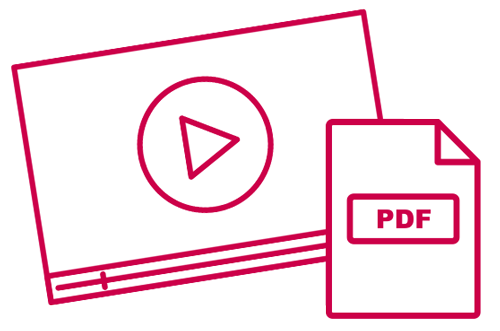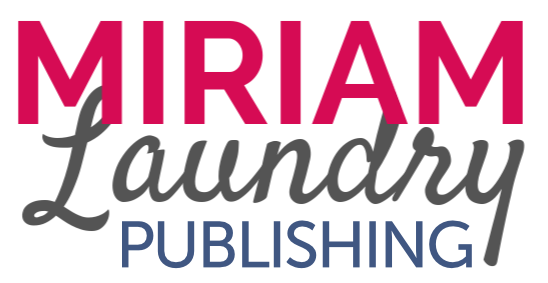So you know you want to write a children’s book, but you aren’t sure what to write about. These 10 questions to ask before you write are sure to get your creative juices flowing and put your ideas down on paper.
10 Questions to Ask Before You Write
Want to jump ahead? Here’s all the questions we’ll cover:
What is something children need to learn while they’re still young?
What is the message you want to tell? What is the opposite of that message?
Which roadblocks will your character face and how will they overcome them?
What is something children need to learn while they’re still young?
Each one of my bestselling and award-winning children’s books was born because of this exact question. Before I even put pen to paper, I need to know why I’m writing.
For I CAN Believe in Myself, I wrote because I wanted my children to learn how to believe in themselves while they were still young.
For The Big, Bad Bully, I wanted to teach my daughter, who had fallen victim to the inner critic, that sometimes the biggest bullies in our lives are ourselves.
Ask yourself this question before you write. Think about WHY you want to write a children’s book. Write it down, and place it somewhere you’ll see it every time you go to write. Then, you’ll find yourself motivated to push through even on the days you don’t feel like writing.
What is the message you want to tell? What is the opposite of that message?
Most children’s book writers approach a new manuscript with a message or lesson already in mind. If you find yourself in the same situation, it’s best to take note of that message before you write, and focus on it throughout the drafting process.
This can help keep your story focused and concise.
Once you know the message behind your story, figure out its opposite to determine the problem your character must face.
For example, my message in I CAN Believe in Myself is that if you believe in yourself, you can do anything!
The opposite of that message is this: if you don’t believe in yourself, you’ll feel like you can’t do anything.
At the beginning of the story, Molly (the main character) doesn’t believe in herself and neither do her friends. She must speak in front of the class, but she’s too scared to do it.
But as the story goes on, Molly will slowly grow her self-confidence and show the message come to fruition.
Take a look at your message to determine the problem. Then you’ll be sure to develop a strong theme and a powerful message by the last page.
Who is your main character?
Your main character is arguably the most important piece of your story. They’re the ones who will allow the reader to relate to the story and learn the message. Without a relatable main character, your reader won’t be interested (no matter how engaging the plot is).
To learn more about writing characters children will love, check out this article.
Here are the main things you need to know about crafting a relatable main character:
They must be…
Around the same age as your target audience
Complex (meaning they make mistakes, have likes and dislikes, and are motivated to pursue their goals)
The hero of the story
You need to know your main character before you write. After all, the whole story is about them!
Where does your story take place?
Simply put, our environment has a big impact on who we are, what we look like, and how we make decisions. Though it isn’t as important in picture books, you should know where your story is taking place so you can also determine how your character should act.
Does your story take place…
At school?
At home?
At a sports game?
During winter? Spring? Autumn? Summer?
During the day? At night?
Once you have the answers to these questions, you can move onto the next question to ask before you write.
What does your main character’s everyday life look like?
Nearly every story begins with normality. For example, a character wakes up, puts on their shoes, and goes to school. Then, something happens, requiring them to solve the main problem.
It’s important to give your reader a brief glimpse into your main character’s normal life that way, when something abnormal does happen, they’ll know it’s a big deal.
Before you write, think briefly about what your main character’s normal life looks like. Then, disturb it with a central problem.
How will your main character grow throughout the story?
Before you write, you need to decide how your main character will grow. You might already know what they’ll end up learning, but you need to outline how they’ll learn it.
In Harry Potter and the Philosopher’s Stone, Harry learns that when we yearn for something so strongly that it clouds our judgement, we can end up wasting our lives wishing while we could’ve been living.
But he doesn’t learn this easily. Instead, he finds the Mirror of Erised, which shows each person who looks into it their deepest desires. Then, he fights Professor Quirrel, who desperately yearns for the Philosopher’s Stone, and sees first-hand how detrimental it can be to want something so bad, you’ll do anything for it.
It’s only after enduring a long and difficult journey that Harry can truly learn the message behind the story.
Similarly, you need to decide how your main character will learn the message in your story.
Which roadblocks will your character face and how will they overcome them?
To help you decide how your main character will grow throughout the story, think of at least three roadblocks they must overcome to reach their goal before you write.
For example, in Harry Potter and the Philosopher’s Stone, Harry must…
Find his place at Hogwarts
Win the first Quidditch match of the season
Traverse through the many obstacles between himself and the Philosopher’s Stone
For a picture book, I recommend including three roadblocks for your main character to overcome (but don’t worry, they don’t have to be as epic as Harry’s).
What does rock bottom look like?
Before you write, you need to know how and when your main character will hit rock bottom. This is when the main character, in their attempt to solve the main problem, seemingly give up, ready to accept defeat.
Then, at the last possible moment, they’ll discover the solution that was right under their noses, solve the problem, and see all of their efforts finally come to fruition.
Show your readers that, as long as you keep trying, you CAN do anything by showing your main character do the same and overcome rock bottom.
What is the solution to the central problem?
Speaking of rock bottom, before you write, you also need to decide what the solution to the central problem is.
This will depend entirely on what the main problem is, but if you have your message figured out, you can turn to that to inspire you.
How can you leave your reader with a smile?
The parts of your book that readers will remember best are the beginning and the end. To make the end as impactful as possible, you’ll want to leave your readers with a smile.
You can show the main character’s new normal now that they’ve grown through their journey, circle back to something that happens earlier in the story, or end on a silly line that will make children laugh.
No matter how you decide to end your story, if it makes your beta readers smile, you’ve done it right. Before you write, consider a few options, then try them out once your first draft is ready to go.
Interested in Writing a Children's Book?

